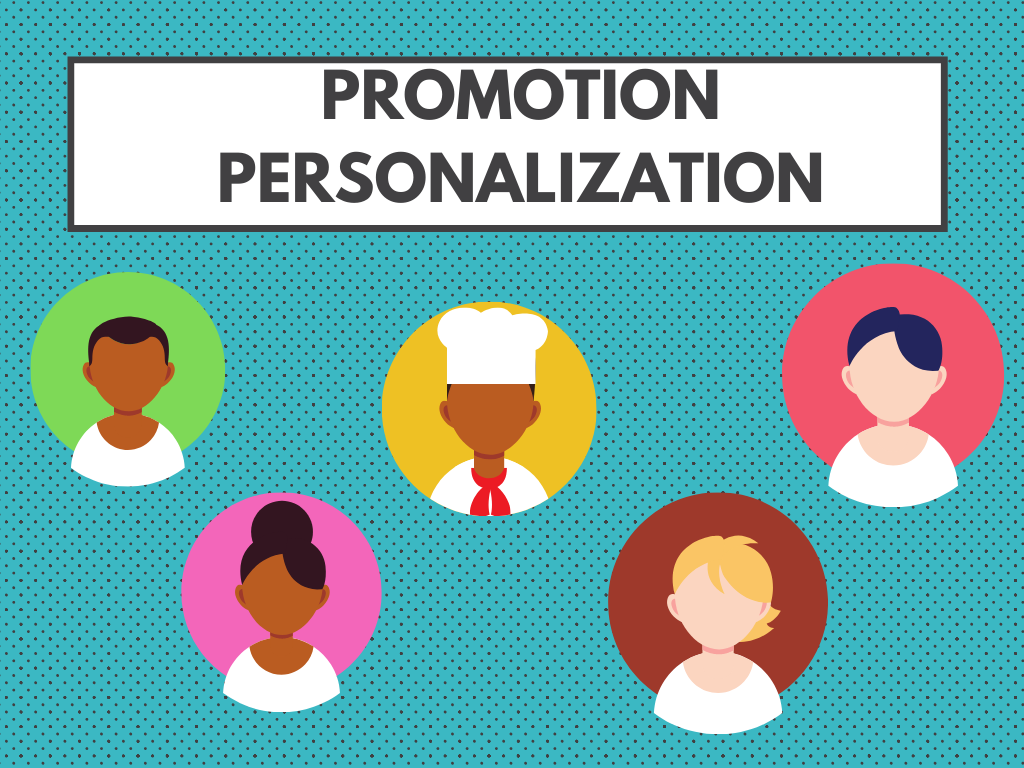
Given today’s CRM systems and AI, firms can and do personalise each consumer touchpoint and every engagement, including incentives. Promotion personalisation concentrates upon fours major areas:
Customizing promotions based on audience and individual customers.
Special occasions, festivals, and holidays serve as a catalyst for personalization.
Personalizing the incentive itself (material rewards in a loyalty programme or a discount on customer’s favourite products).
Customizing the channel via which the incentive is delivered.
Why is personalisation done poorly?
Make sure you are aware of some of the customization deadly sins before we move on to best practises and successful personalisation examples.
Personalization is a two-edged sword that has the potential to both win over customers and turn them off from ever doing business with you again.
Which e-commerce personalisation techniques are the worst?
offline tracking without receiving clients’ express consent.
Location tracking is a risky business (only 20% of customers wish to share their location data).
Only 14% of customers consent to personalisation based on their search history, and who can blame them? You’d better avoid collecting search history.
Uncertainty over the processing of consumer personal data and whether it will be shared with outside parties.
Any personalization that makes customers feel guilty or brings back bad memories will inevitably drive away customers (e.g., recommendations connected with medical conditions or weight loss).
I desire customised promotions. Now what should I do?
When tailoring your offers, there are two methods you can use. You have the option of setting up your incentive infrastructure so that you can create different promotions, distribute them to clients, allow them to use codes, and monitor the campaign’s effectiveness in real time. Not to mention developing the rationale for customer segmentation and upholding an open, unified customer view.
If you want to start a small-scale campaign with no automation at all, this strategy might work. If you wanted to take things a little more seriously, the costs of the development work that went into a brand-new promotion infrastructure would be substantially more than the ROI.
So, if creating your promotion infrastructure is a difficult task, does that imply I should hire someone to complete it? No and yes. You must fork over money to use pre-made personalised promotion solutions like Voucherify. similar to how you would when creating your architecture. There’s a catch, though. You can utilise an API-based promotion engine’s building blocks to modify the service to meet the specific requirements of your company. Additionally, it will take care of your campaigns’ upkeep, functionality development, monitoring, and analytics. Consider this: Do you develop a specialised solution from scratch to produce spectacular images or attention-grabbing graphics, or do you search for software that enables you to do so?
Personalization of promotions begins with client information.
Regardless of whether you purchase or build your own infrastructure, it must continuously deliver real-time data, analytics, and accurate metrics without obtrusive tracking or annoying your users.
- Customer 360-degree profiles
Obtain a thorough understanding of your customers. You can quickly track client activity and view each customer’s unique preferences and purchase history with a 360-degree customer profile. You may group your audience and target segments using all of these gathered attributes and present them with tailored offers. However, without client information, all of your personalisation efforts would probably be in vain.
- A current campaign outline
On the fly, raise your promotions. You may check your campaigns’ real-time performance with the Campaign Overview feature and the user-friendly Dashboard metrics. Never before have recording what is happening and where been so simple. This type of feature is available with the majority of promotion management programmes. - Data on promotion redemption
Gain complete control over your marketing efforts and a wealth of knowledge about what works best for your company. The Redemptions list details when and who used each of your promotional codes. Straight from the Dashboard, data are prepared for export with all of their details. Finding out the causes of failure is another critical step if one of your incentives causes problems for clients.
- Create personalised real-time segments for your marketing.
In order to segment and target their consumer base, every firm needs a unique strategy. Additionally, we are aware of the need of accurate segmentation in delivering highly customised offers at scale. With that in mind, in addition to the vast array of built-in filters, you must to be able to divide your customer base into distinct groups utilising particular attributes. By doing this, you may create personalised segments that are constantly updated and benefit from greater marketing flexibility. - Triggers for tailored and behavioural promotions
Put special offers on the calendar under certain circumstances. You can develop gamified, multi-level promotions using dynamic client segmentation. Check to see if your promotion management software responds immediately to new orders, updated profiles, and other such events. Later on, these catalysts could operate as motivators for reward behaviours.
Customers can be reminded about your brand.
Customers who have been inactive for a while should receive an email notice. Send your consumers a 20% discount voucher with a brief expiration date and ask them if they saw anything amiss or how you can tailor your service to better meet their demands. You can encourage inactive consumers to return by giving the dialogue a human touch.
In the past, generic discounts and promotions could be effective. Promotional personalisation is a crucial element in any marketer’s toolbox in the age of digitization. The decision as to whether you will construct the necessary infrastructure yourself or leave it to professional promotion personalization software so that you have more time to plan is now up to you.
